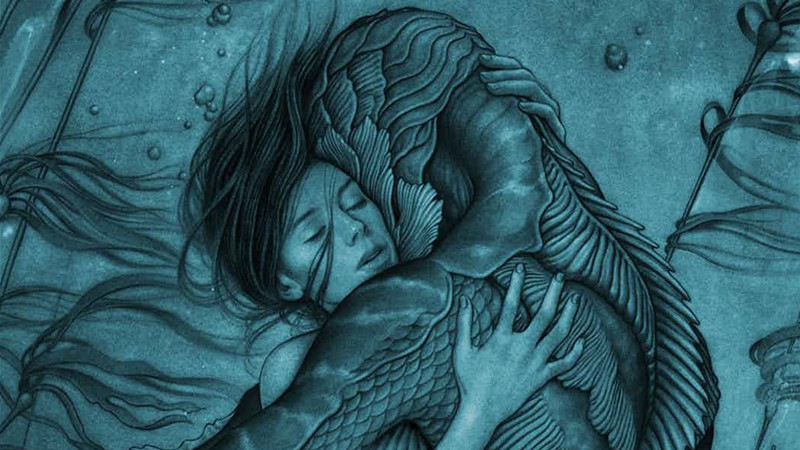
Guillermo del Toro has been recognized as one of the leading creators in today’s scene, focusing on creating films that add something new and innovative to the table while challenging rigid and lifeless ways of filmmaking.
He has explored a wide variety of subjects, but his films always seem to revolve around dark and creepy subjects; from a child killed in an orphanage whose ghost returns, to a girl who is convinced by a faun that she is a princess in another world she can go to once she proves herself, and, in this case, to a woman who works as a janitor in a research facility where she falls in love with an amphibian humanoid, del Toro has proved to own a very vivid imagination and an acute understanding of fear as one of the prime motivators of human activity and curiosity.
“The Shape of Water,” his most recent film, has gained a lot of attention lately because it’s received an insane amount of awards and nominations all over the world. This is not the first time a del Toro film has been in the spotlight; in 2006, “Pan’s Labyrinth” was a strong contender for six Oscars, of which it won three.
This year, “The Shape of Water” has amassed 13 Oscar nominations, including Best Achievement in Directing, Best Motion Picture of the Year and Best Original Screenplay, and with a good amount of important awards already behind its back, things are looking good for this film. Here I present a list of 10 reasons why “The Shape of Water” has received so much attention from the critics and the spectators alike, and why it deserves the Best Picture award.
1. It is visually rich, employing visual metaphors in a really clever manner
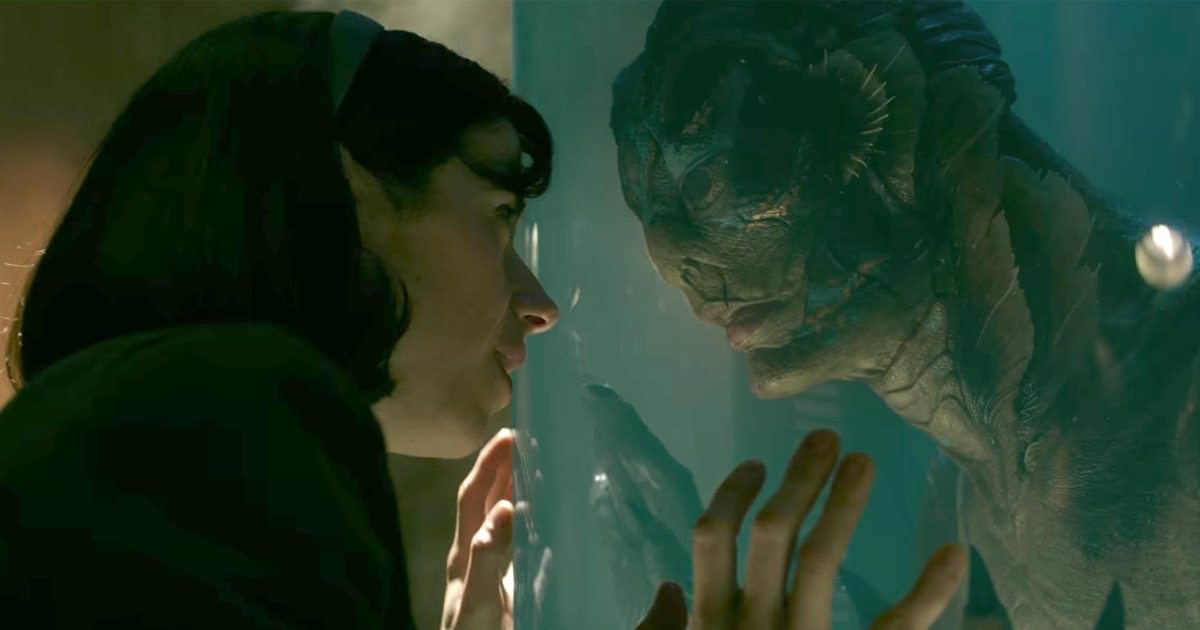
While most commercial films ignore the visual opportunities the medium brings, focusing only on telling stories with a decent use of CGI, del Toro takes advantage of these possibilities by populating the film with metaphors and subtle visual hints that enrich the experience, adding more layers that increase the complexity of the film.
From boiled eggs, candies, and glasses of water, the film relies on a variety of subtle elements that give clues to the nature of the characters. They are symbols that might not be necessary in order to have a full understanding of the film, but that nevertheless allow for a multitude of meanings that the spectator is left to decipher, and which allow them to identify themselves more profoundly with the events and the characters.
2. It creates a great atmosphere trough mise-en-scene and soundtrack
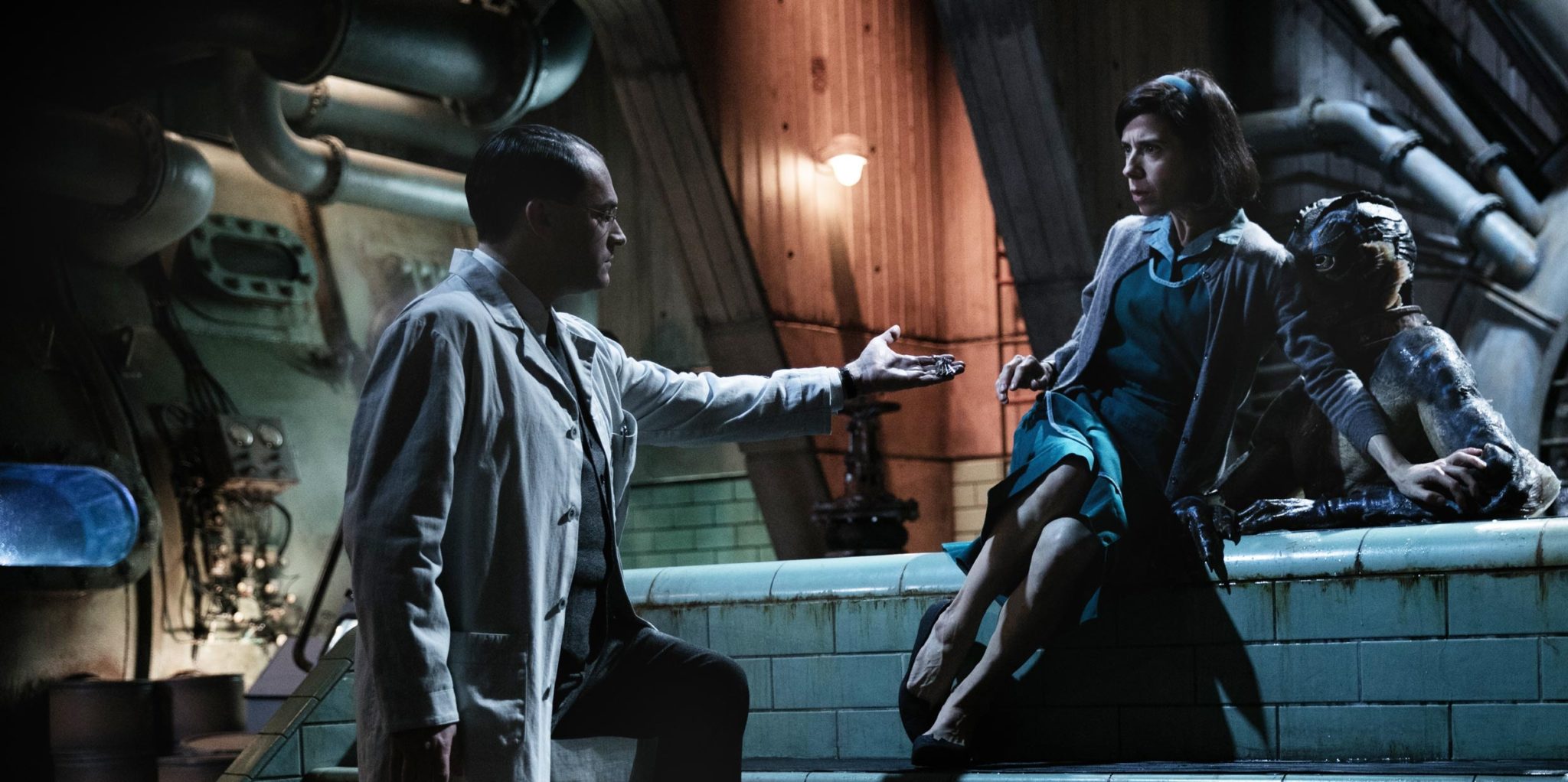
One of the key aspects that make the film as vivid and as real as it is, is the carefully constructed mise-en-scéne that realistically recreates 1960’s America while also creating a dreamy environment through the use of the music composed for the film by Alexandre Desplat.
The film displays the past with a certain tinge of nostalgia that somehow resembles the Paris envisioned by Woody Allen in “Midnight in Paris” – a past that is gone and that seems forever more enchanting and interesting than the ugly and unadorned present.
The visual style of the film is strong, taking a lot of cues from art déco and a sort of French sensibility in the creation of a world that looks and feels like someone’s memory of a place, for it has the adorned and tender qualities of the memories of somebody fondly remembering their past.
From the messy and apparently disorganized apartments to the bleak and oppressive ambient of the research facility, to the magic of the world at night that passes in front of the windows of the bus Elisa takes to go to work, every image in the film is photographed with such beauty and tenderness that the dedication of those who worked on the film becomes obvious.
3. It features an unconventional protagonist

While most commercial films settle to conform to the standards of beauty by casting beautiful people as protagonists, or at least people who are conventionally attractive or already well established in order to garner the acceptance of the masses, del Toro cast Sally Hawkins, who previously had only been cast for minor roles, as a woman who is not only average looking, but who also works mopping floors and who happens to be mute.
Hawkins plays a seemingly unremarkable woman with an unremarkable life, although pretty soon we find out that despite her silence toward the world, she actually has a very passionate and colorful inner world, populated with choreographies of old movies and a strong disposition to love.
4. It feels like a fairytale, while also touching on adult themes
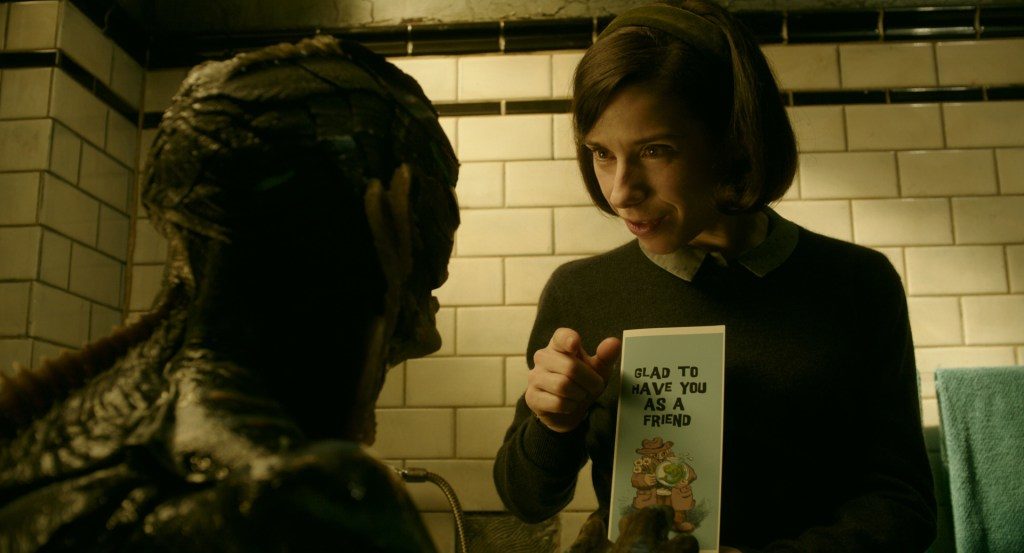
Right from the beginning, the film establishes itself as what it is: a fairytale for adults. The dreamy introductory sequence where we wander through a submerged hallway as a narrator speaks to us is followed by an equally idealized scene in which we see Elisa’s daily routine as she wakes up.
Everything seems normal at first: she cleans her shoes, she turns on the stove, and everything seems to point toward a film like “Amélie,” in which the general aesthetic leans toward charming naïve escapism. But then she jumps in the shower and masturbates furiously until her breakfast of boiled eggs is ready.
There are sexual connotations throughout the entire film, embracing that part of the human experience instead of putting makeup over it or plainly negating it. Sex is portrayed as a fundamental part of life, taking the morbid part out of it to show it as an expression of affection. Cruelty and pain are also present in this film, and without them there wouldn’t be a story; just as in life, it is the suffering that uncovers the hidden nature of the characters.
From Elisa’s determination and fearlessness to the Colonel’s fragile masculinity and sense of achievement, the creature as a being that feels pain serves as a catalyst that would break the everydayness of their lives and give them a potentially dangerous purpose.
5. It has great artistic merit
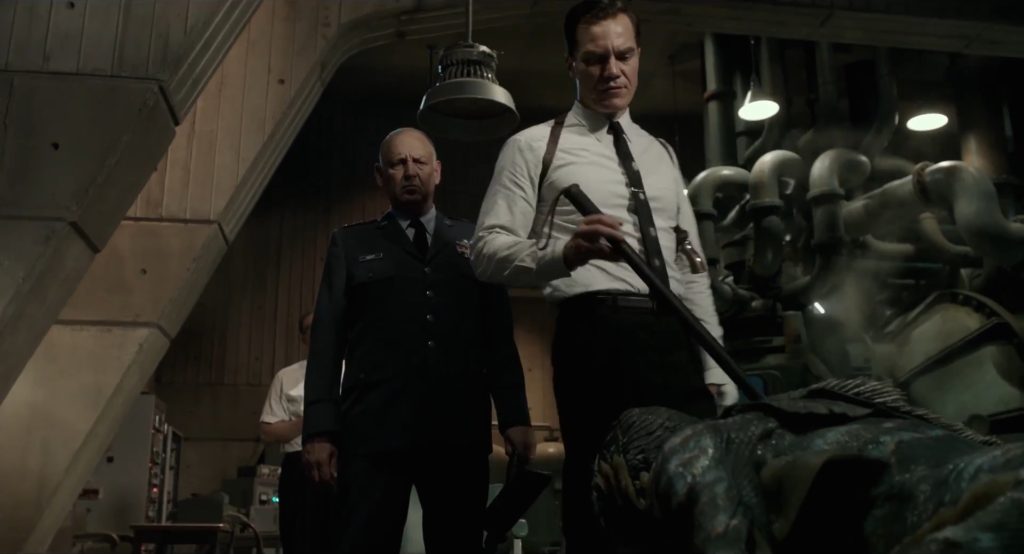
One of the things that stand out the most about “The Shape of Water” is its style. From the art direction to the soundtrack composed by Alexandre Desplat, to the beautiful story written by del Toro himself and the flawless performances from the actors, everything in this film seems to be crafted with the utmost care to detail and the greatest artistic devotion.
The coherence of every element created for the film makes it something organic that seems to have appeared out of nowhere in nature, instead of being crafted by a multitude of individuals with different ideas and different ways of seeing the world. The most magical aspect about cinema is its ability to take us to unexpected and fantastic worlds in which the imagination, the intuition and the feelings rule over positivism and cold logic.
While the trend in cinema seems to have settled in a dry realism backed up by scientific research – as if they were illustrated and easy to digest versions of scientific papers – “The Shape of Water” takes the power of cinema back to the realm of fantasy and imagination.